NatureConservation - Page 2
The Thunderous Voice of the Bush: Meet the Southern Ground Hornbill
Discover the biology, behaviour, and conservation of the Southern Ground Hornbill in Kruger National Park. Learn how guests at Needles Lodge can help protect this iconic bird.
Nocturnal Neighbours: Discovering Marloth Park’s Nightlife
Discover Marloth Park’s magical nocturnal wildlife—from bush babies to nightjars. Stay at Needles Lodge and experience a safari under the stars.
Lizards of the Lowveld: Tiny Dragons of the Bushveld
Discover the fascinating world of lizards in Kruger and Marloth Park. Learn about these tiny dragons of the bushveld at Needles Lodge.
The Rhinoceros: Africa’s Armoured Giant of the Wild
Discover the world of rhinos in Kruger National Park. Learn about their behaviour, habitat, and conservation challenges. Plan your safari at Needles Lodge today!
The Black-Backed Jackal: Africa’s Cunning Night Stalker
Discover the secretive world of the black-backed jackal in Kruger National Park. Learn about its behaviours, survival strategies, and ecological importance.

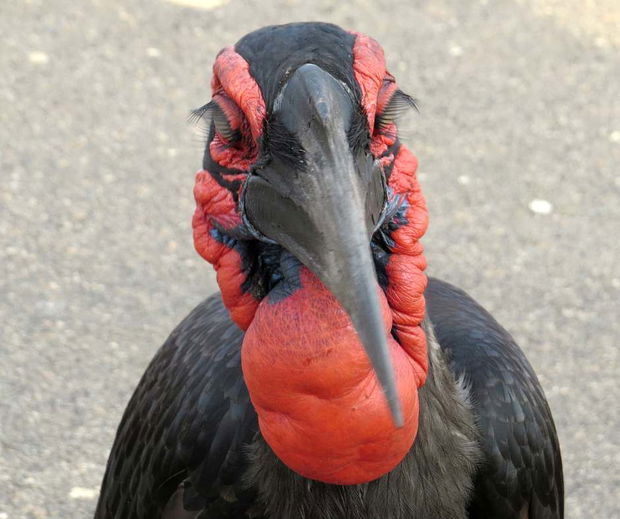
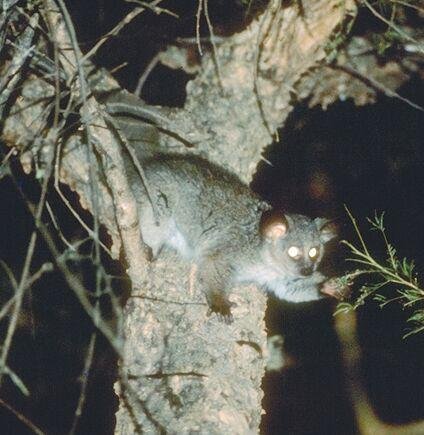
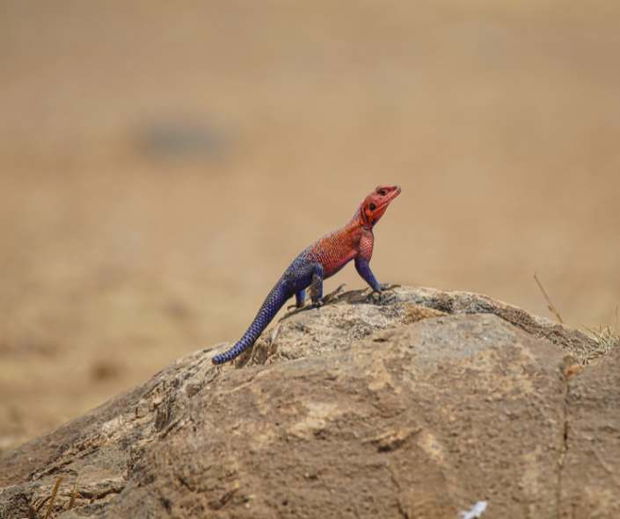
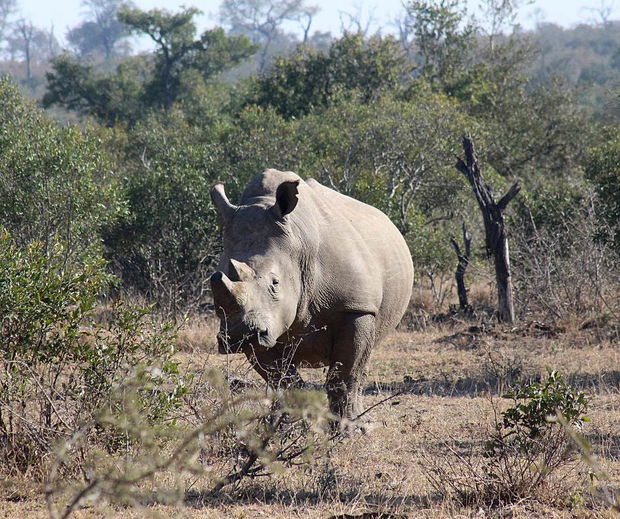
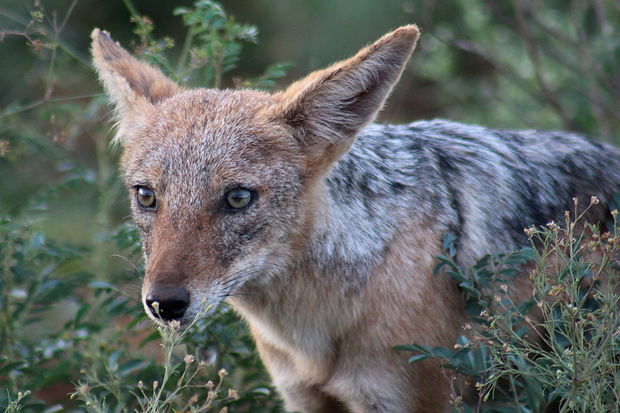
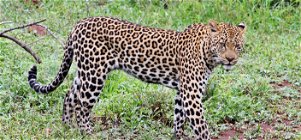
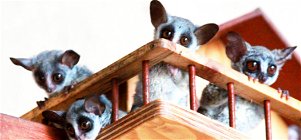
Share This Page